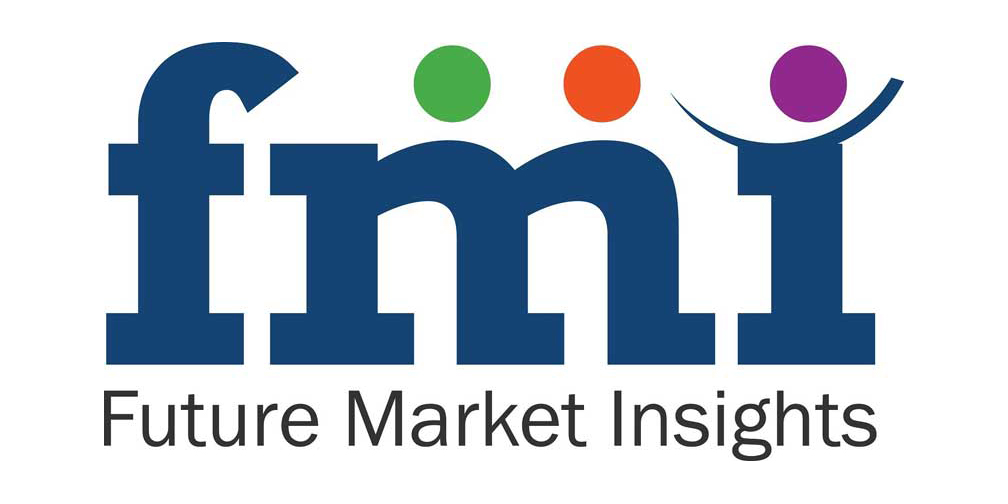According to the market report published by Future Market Insights titled ‘Residential Hobs Market: Global Industry Analysis and Opportunity Assessment 2019-2027’ the revenue generated from residential hobs is estimated to be valued at over US$15 Bn in 2019, which is projected to increase at a CAGR of 6.3% during the forecast period (2019-2027).
- To Get a Sample Copy of the Report visit @ https://www.futuremarketinsights.com/reports/sample/rep-gb-9008
In the global residential hobs market, prominent companies are emphasizing innovative product features to match the pace of technological advancements, thereby strategizing on new product launches. Moreover, a major focus on research & development activities has been a key factor in boosting the residential hobs market.
The supply-side participants of the residential hobs market are following the trend of miniaturization owing to an increase in the number of nuclear families, which has led to the designing of products that are more compact but have the same efficiency as the larger versions. Increase in the number of smart homes is another major factor driving the demand for residential hobs.
The emergence of technologies, such as IoT, has revolutionized home automation, due to which consumers are enjoying the full benefits of technological advancements. With the increasing popularity of induction hobs worldwide, consumers have become more aware of the energy efficiency of induction hobs, which has led to substantial growth in the demand for residential hobs.
The manufacturers of residential hobs are using various strategies that will help them distinguish themselves from other prominent participants in the market. The companies that are operating in the residential hobs market are more focused on the mass audience. These companies are introducing products with enhanced safety and reduced human efforts, along with the basic functionalities of residential hobs.
The new features in induction hobs enable them to cook faster than gas hobs. Moreover, they have a faster response time and more precise temperature setting options. They are also safer to use as the surface other than the burner is always cool. In addition, the burners are turned off automatically as soon as the cookware is removed. They are also more energy-efficient as compared to their counterparts.
Modern residential hobs provide additional benefits such as child lock for the safety of children, an automatic timer that helps the cook focus on other elements of the dish that they are cooking instead of worrying about what is on the burner, touch controls that make the operations easier, pan detection that detects whether the burner is suitable or not, and an auto switch-off that turns off the burner in case of overheating or in case the pan was removed. These benefits have resulted in an increase in the demand for residential hobs.
The global residential hobs market is segmented on the basis of the regions, which include the Asia Pacific Excluding Japan (APEJ) residential hobs market, North America residential hobs market, Middle East & Africa residential hobs market, Europe residential hobs market, Japan residential hobs market, and Latin America residential hobs market. Among all these regional markets, the Europe residential hobs market is estimated to have the highest share in terms of value.
Request Complete TOC Of this Report @ https://www.futuremarketinsights.com/toc/rep-gb-9008
Key Players in the Residential Hobs Market
A brief analysis of the profiles of companies is also provided in the global residential hobs market report to evaluate the key products offerings, strategies, and recent developments. Some of the key participants profiled in the global residential hobs market report include Capella Home Appliances; Sunflame Enterprises Private Limited; Bosch-Siemens Hausgeraete GmbH; FABER S.p.A; SMEG S.p.A; Amica S.A.; Electron International; Elica S.p.A.; Glen Dimplex Group; IFB Industries Limited; Arcelik A.S.; Panasonic Corporation; Miele & Cie. Kg; Haier Group Corporation; Robert Bosch GmbH.; Siemens AG; Midea Group Co., Ltd.; Samsung Electronics Co. Ltd.; AB Electrolux; and Whirlpool Corporation.
Key SegmentBased on product type
- gas hobs
- induction hobs
Based on price range
- low range
- medium range
- high range
Based on number of burner/induction zones
- two
- three
- four
- five or more burners/induction zones
Based on sales channel
- exclusive stores
- multi-brand stores
- online stores
- independent stores
- others
